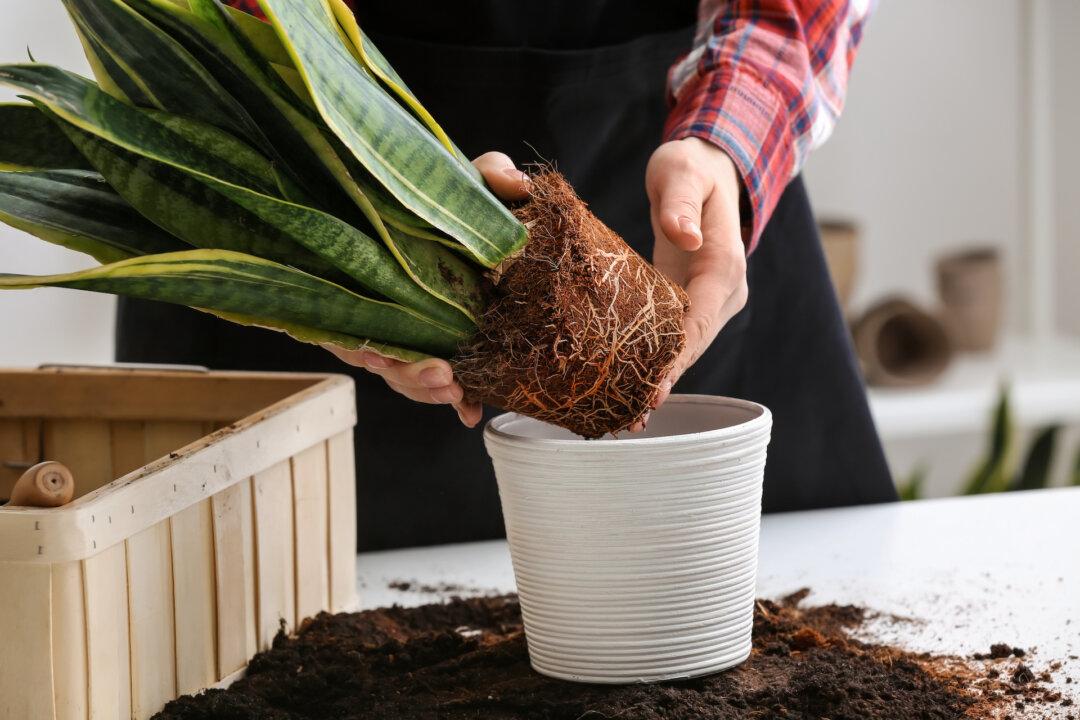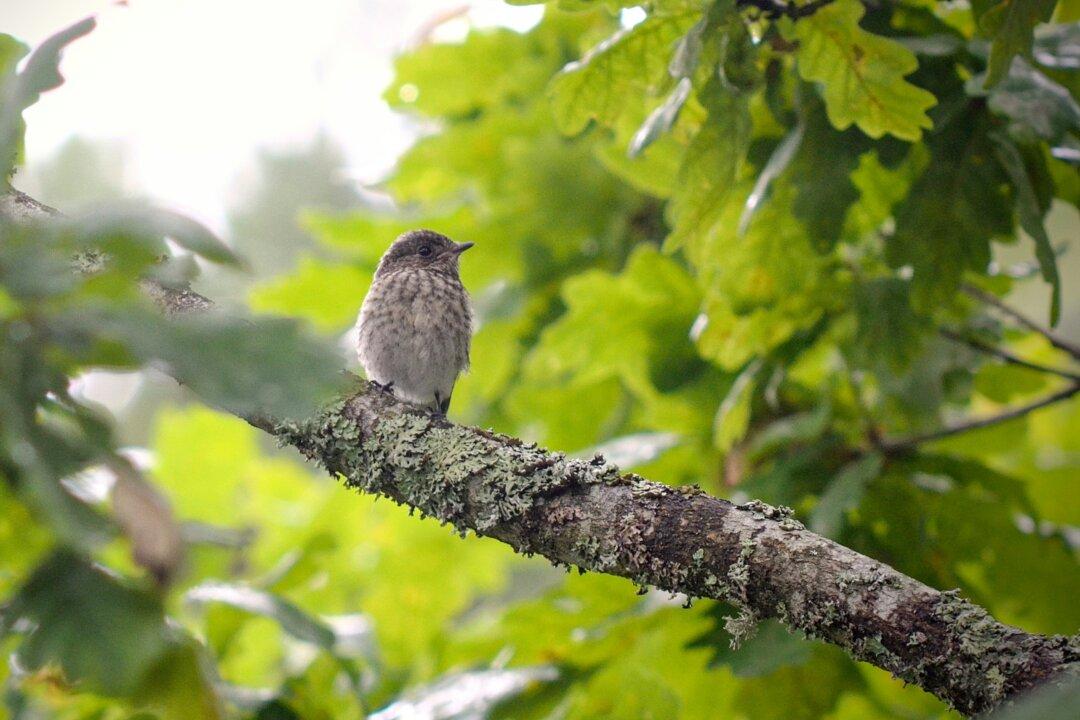Q: My home state of Kansas is going to ban Bradford pear trees in 2027. I like this tree and was thinking of buying another one, as a local nursery is having a sale. Is the tree as bad as they say it is?
A: Bradford pears are probably worse than they are saying. Let’s start at the beginning and bring you up to date. The Bradford is a variety of Callery pear called Pyrus calleryana. Bradford was originally selected in 1918 in China as a potential variety to breed fire blight resistance into edible pear tree varieties. That didn’t work, but the tree was introduced as an ornamental pear in 1950. One of the benefits of pear trees is that they are sterile if no compatible varieties are nearby, so there is no messy fruit.





